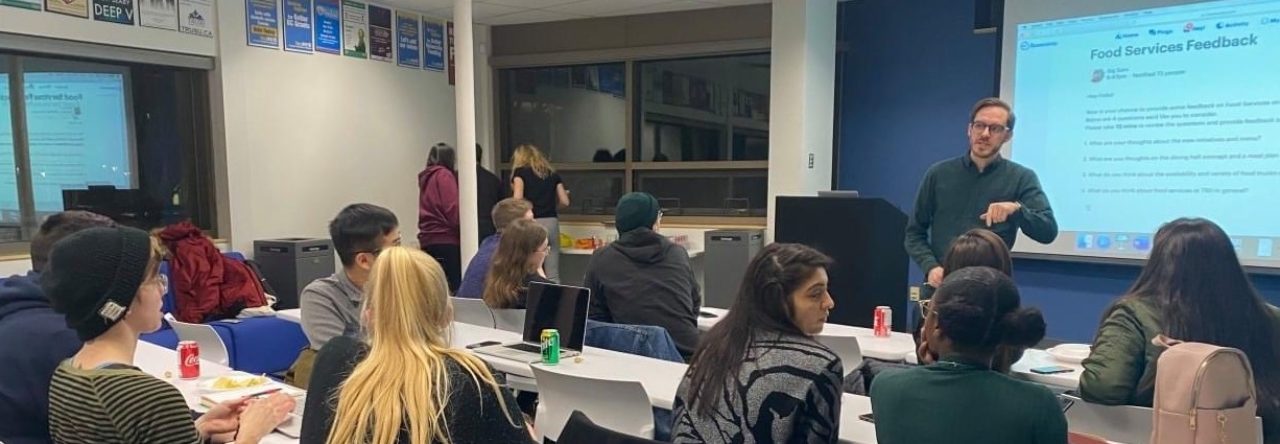On August 05, 2020, I taught, with my teaching partner, my tenth and final one-hour lesson with a group of three students enrolled in an Advanced Oral Communication class. The objective of this lesson was that students would be able to recall, refresh, and reflect on learning objectives of lessons from the semester. This was to be accomplished through diagnosing their own pronunciation difficulties and generating a spoken text to improve upon these difficulties; competing in a conversation challenge to improve on their communicative fluency; and reflecting on their learning experience to appreciate their improvement as well as develop personal learning strategies for future courses. This lesson was largely successful.
In developing the lesson plan, we sought to provide closure for the course through a review of previous topics and skills in a fun and reflective manner. This provided a different kind of objective than previous lessons, and could have fallen into the trouble of lacking focus we had increasingly avoided. However, we managed to achieve a coherent plan by maintaining relevant and familiar content and organizing a small series of focused activities. To make the lesson enjoyable and integrated (despite multiple skill focuses), we organized it as a series of “review challenges” or competitions to demonstrate improvement over the previous lessons. I think we have established a strong ability to “gamify” activities to positive effect. Each activity, further, had a clear progression through scaffolding or moving from facilitated individual or pair work toward presentation. I felt a level of confidence in the lesson planning that has been growing with experience.
In delivering the lesson, we were largely successful in meeting our objectives and evaluating students’ performance against them. The unstated objective of providing a social closure for our time with the students was fully met. Our concise lesson plan allowed us to complete each planned activity in a fulsome way despite a few challenges. Managing the classroom dynamics was largely successful, but there were opportunities to improve. One area of strength was engaging students. For example, the activity to address pronunciation accuracy built from a video that was exciting and established the focus to students self-identifying difficult sounds, to facilitated practice of sounds in given text, to production and practice of original text. The students understood and enjoyed each stage of this activity and all students were active. We used a variety of techniques and tools to do this including prompting brainstorms in Shared Notes, modelling and repetition, one-on-one work in breakout rooms, and a gamified competition of tongue twisters. While we could have improved our error correction, we maintained a consistent momentum and meaningful practice. One area for improvement was managing a conversation activity with an unexpected number of students. While we expected four students who could be paired to converse in a competition, there were three. I opted to employ my teaching partner as a participant to maintain the planned structure. This functioned reasonably, but was not the optimal organization. The challenge was compounded by technical difficulties in which I lost my microphone. This led to unclear instructions. Nonetheless, we maintained composure and executed the objective of having students practice communicative fluency and discussion language. We were also able to provide effective error correction and feedback. If I were to do this activity again, however, I would opt for a reorganization of the activity for the three students in one conversation for greater engagement. Further, the gamification of the activity – maintaining the longest conversation – rewarded students talking for long periods rather than the intended goal of having them converse and take turns. I would reorient the gamification to reward number of exchanges rather than time. Finally, while we deliver all the activities, we did have minor time management issues later in the lesson. More direct instruction in earlier activities could have saved some time as we allowed some elements to drag on.
Overall, I think this lesson was a great way to conclude our time with our practicum students. It was important to give the students an opportunity to reflect on our lessons over the previous nine weeks in a way that was pedagogically valuable but also fun and allowed them the space and atmosphere to reflect without too much pressure or demand on performance. I felt confident in our plan and in control of its execution, despite challenges, and I am proud to have built the skills to deliver this closure to our students. They were an incredible gift to my experience as a student-teacher – engaged, friendly, patient, and persistent – and I hope I provided some benefit in return.


Leave a Reply